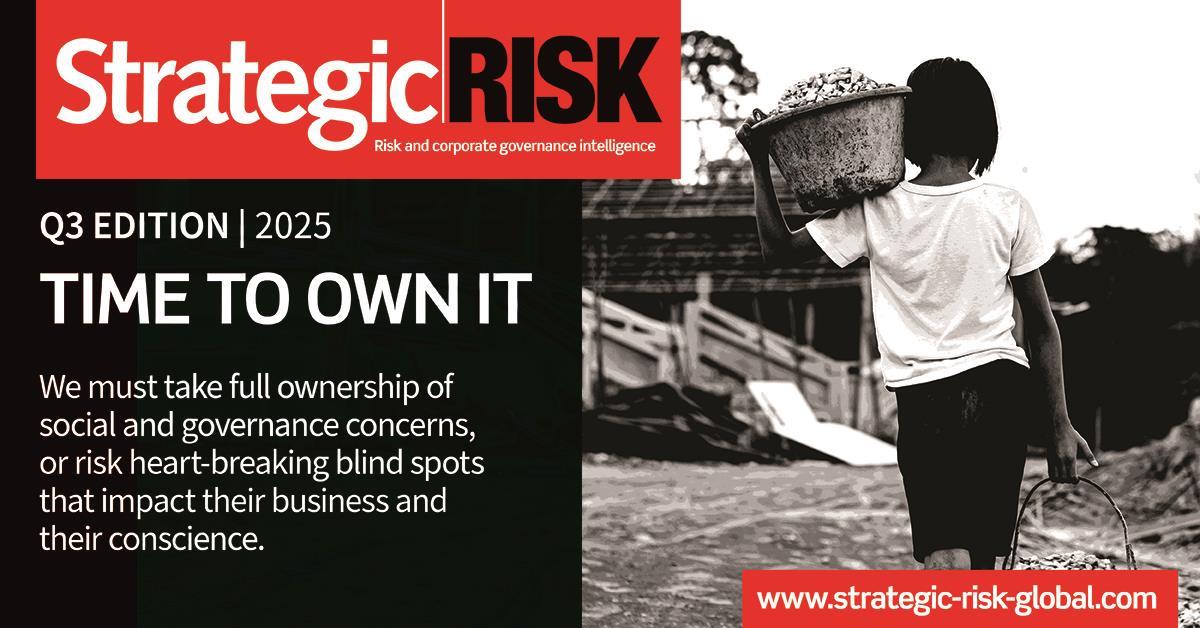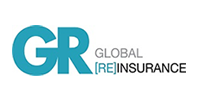As nat cats grow more severe, insurance gaps are widening - but parametric solutions might hold the key to resilience, says Dianna Nelson, a senior structurer at Swiss Re Corporate Solutions

The increasing frequency and intensity of natural disasters are creating significant operational challenges for businesses. Specifically, risk managers are looking for ways to bolster their resilience – in particular to non-damage business interruption – and fill in gaps left by traditional risk transfer solutions.
Step in parametric solutions, which are growing in popularity and transforming the way organisations manage catastrophe risk. Unlike traditional insurance, these products offer a more transparent and expedited claims process, proving invaluable for businesses needing to recover quickly from disruptive events.

Traditional insurance operates on an indemnity basis where companies must demonstrate physical damage to receive compensation. This means complicated claims processes and uncertainty around payouts.
Dianna Nelson, a senior structurer at Swiss Re Corporate Solutions, explained: “Traditional insurance clearly plays a critical role in providing risk transfer to commercial clients. However, there are still exposures that exist. The coverage is typically subject to limits, deductibles, and exclusions that may require assessments by risk engineers, claims adjusters, and lawyers, which can often lead to a lengthy claims process.”
Such delays can beruinous, leaving businesses unable to operate in the aftermath of an event. At the same time, significant non-damage losses are often excluded, meaning businesses may still lack the funds to recover fully, even after a payout.
Speeding up recovery
By contrast, parametric insurance is based on predefined triggers, such as wind speed for a hurricane or ground shake intensity for an earthquake. Data is provided by independent third-party sources, ensuring no ambiguity. Once thresholds are met, payouts are triggered automatically.
Indeed, the main advantage of parametric insurance lies in its efficiency and flexibility, offering immediate financial relief to help businesses recover faster.
Nelson said: “Traditional insurance can take weeks, months, and maybe even years before a claim is issued. [But with parametric cover], typically, clients will receive payouts from us within 30 days.
“Traditional insurance can take weeks, months, and maybe even years before a claim is issued.”
“Additionally, the coverage provided through parametric insurance is quite broad compared to traditional insurance, so the client is able to use the payout received for any loss related to the triggering event, whether physical or non-physical.”
Real-life examples highlight the power of parametrics. Governments can quickly mobilise resources and provide aid post-catastrophe, bypassing the bureaucratic delays of traditional insurance claims.
The same applies to businesses, which can use payouts to address disruptions like power outages or damaged infrastructure preventing employees from working. Ultimately, businesses can deploy the funds wherever needed to resume operations.
Growing demand
Unsurprisingly, parametric solutions are growing in popularity. One major driver is the increasing frequency of extreme weather events, such as hurricanes and convective storms, which have exposed the limitations of traditional insurance.
Another factor is the challenge insurers face in providing sufficient coverage in high-risk areas, prompting clients to turn to parametrics to fill insurance gaps.
Nelson said: “In the traditional space, we’ve seen certain areas where clients are finding it more difficult to find capacity or at least enough of it, so they are seeking parametric coverage. For instance, we’ve seen a significant uptick in requests for hurricane coverage, especially in the US driven by the very active hurricane seasons we’ve had over the past several years.”
“One of the nice things about parametric coverage is it’s highly flexible.”
Making the most of your captive
To fully benefit from parametric insurance, businesses need to assess their risk profiles and identify areas where traditional coverage falls short. This requires a proactive approach, often in collaboration with brokers and insurers, to design tailored solutions that address specific vulnerabilities and recovery priorities.
Nelson said: “That’s what we’re here for, to help clients identify exposures… Obviously, each client’s needs are different, so one of the nice things about parametric coverage is it’s highly flexible.”
Ultimately, parametric insurance represents a significant evolution in the insurance landscape, offering businesses a more agile and responsive way to manage risks. As demand grows, businesses must engage in thorough risk assessments to tailor parametric options that safeguard their operations against emerging challenges.














No comments yet